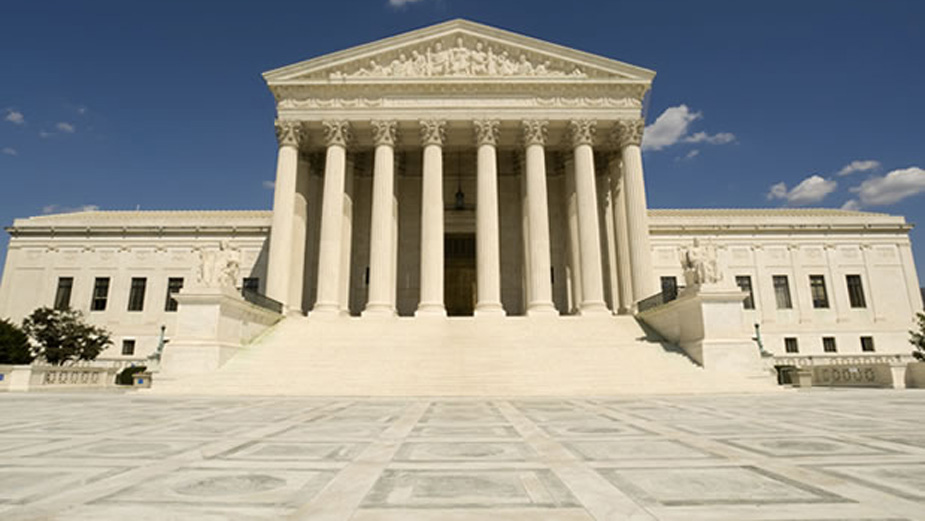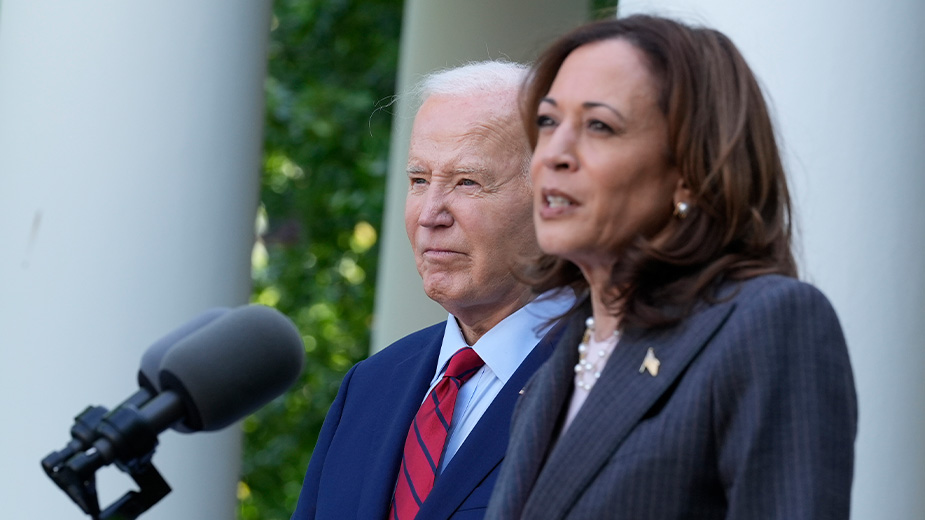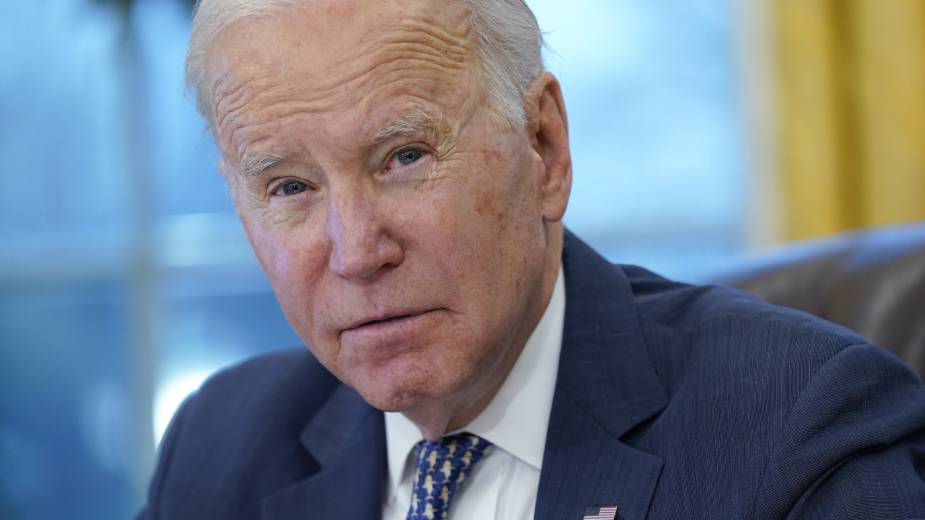Labor Vows a United Front Despite High Court Ruling
YOUNGSTOWN, Ohio – Despite a decision by the U.S. Supreme Court Wednesday that many say stands to undermine the power of public employee unions, local labor leaders are confident that solidarity in the Mahoning Valley is alive and well.
“We were prepared for this,” said Bill Padisak, field representative for the Ohio Association of Public School Employees and president of the Mahoning-Trumbull AFL-CIO Labor Council. “The way these decisions have been going, we thought this would happen. So, we’ve organized our members and told them to keep fighting.”
The Supreme Court ruled 5-4 in Janus v. AFSCME that unions representing the public sector cannot collect what are called “fair share” dues from nonmembers – a decision that some analysts say will result in drastically weakening the power of organized labor.
The decision overturns a 1977 law that required nonunion workers to pay fees that would be used for collective bargaining purposes.
Padisak’s union represents nonacademic public school employees such as cafeteria workers, maintenance personnel, secretaries and bus drivers. “All of them see the value in a union,” he noted.
The state’s three major public unions – the Association of Public School Employees, the Association of Federal, State, County and Municipal Employees, or AFSCME, and the Ohio Civil Service Employees Association, or OCSEA – collectively boast more than 100,000 members, Padisak said.
Moreover, he said a recent poll demonstrated that 63% of Americans support unions and the Supreme Court is clearly working against the will of the people in favor of big business and corporations.
The decision announced Wednesday is just the latest in a string of 5-4 votes the court has cast along ideological lines, giving victory to conservatives on issues such as immigration, voter registration, and redistricting.
“It’s just sad,” Padisak said. “We’re not the country we used to be.”
Collective bargaining for public employees in Ohio was passed in 1983 in order to encourage labor peace and prevent more drastic tactics such as strikes, Padisak said. Across the country, unions still play a vital role in securing solid living wages for workers, and the decision on Wednesday doesn’t disband unions.
“Unions are here and they’ll stay here,” he said. “They haven’t taken that away and we’re not going to let them.”
Others representing local public employees in the Mahoning Valley aren’t immediately concerned over the case’s ramifications.
“I still think we’re far off from busting up unions, but this is a move in the wrong direction in my opinion, said Tony Ciccone, president of Local 312 of the International Association of Fire Fighters in Youngstown.
Ciccone said that the firefighters’ contract with the city includes a fair share clause, but all 127 in the department are union members. “Everyone is in the union, so we all pay our dues,” he said.
Unions were established so workers could collectively bargain for their rights and secure a decent living wage, Ciccone said, and this decision by the Supreme Court moves away from that objective. “I don’t like to see these kind of things,” he said.
Ciccone said he’s not overtly concerned about the case as it stands now, but acknowledged there could be ramifications in the future that could hurt public employee unions such as his. “If half of the membership comes up and say they want out, then I’d have to hit the panic button,” he said.
The court’s decision was met with a chorus of condemnation from labor organizations all across the country.
“Despite this unprecedented and nefarious political attack – designed to further rig the rules against working people – nothing changes the fact that America needs unions now more than ever,” Lee Saunders, president of AFSCME, said in a statement. “The labor movement lives on, and we’re going to be there every day, fighting hard for all working people, our freedoms, and our country.”
Mary Kay Henry, president of the Service Employees International Union, said the ruling is the latest example of how special interests are attempting to divide and weaken the labor movement in the United States.
“This decision is yet another example of how billionaires rig the system against working people, but SEIU members won’t let the extremists divide us,” she said in a statement. “We will stay united.”
The high court’s ruling leaves open the potential for increased sexual harassment and racial injustice against women in the workplace, added Ai-jen Poo, executive director of National Domestic Workers Alliance. “By cutting workers’ collective organizing power, especially that of women, we’ve increased vulnerability to wage theft, sexual harassment, and discrimination,” she said in a statement.
Larry Hanley, president of the Amalgamated Transit Union International, noted that the decision could only serve to strengthen organized labor in the face of the high court’s decision.
“Their power play has awoken a sleeping giant – organized labor,” he said in a statement. “The labor movement has been at its strongest when under attack and this is the greatest assault in a generation.”
Moreover, the decision could signal how the court may treat other labor cases in the future – even in the private sector.
“It affects us indirectly,” said Rocky DiGennaro, president of the Western Reserve Building and Construction Trades Council. By lessening the political power of public employee unions, it reduces the amount of influence they could have on labor-friendly political candidates, thereby placing these candidates at a disadvantage, he said.
“There’s overall less money to go around to support particular political candidates,” he said. “We were told that ‘right to work’ is not on the radar with private unions – then this happens.”
He recalled the collective stand labor took against Senate Bill No. 5, a statewide effort supported by Gov. John Kasich that served to limit the power of public employee unions. The measure was placed on a referendum in 2011 and was soundly defeated.
“But this is different,” DiGennaro said. “This is the law of the land now.”
Copyright 2024 The Business Journal, Youngstown, Ohio.



